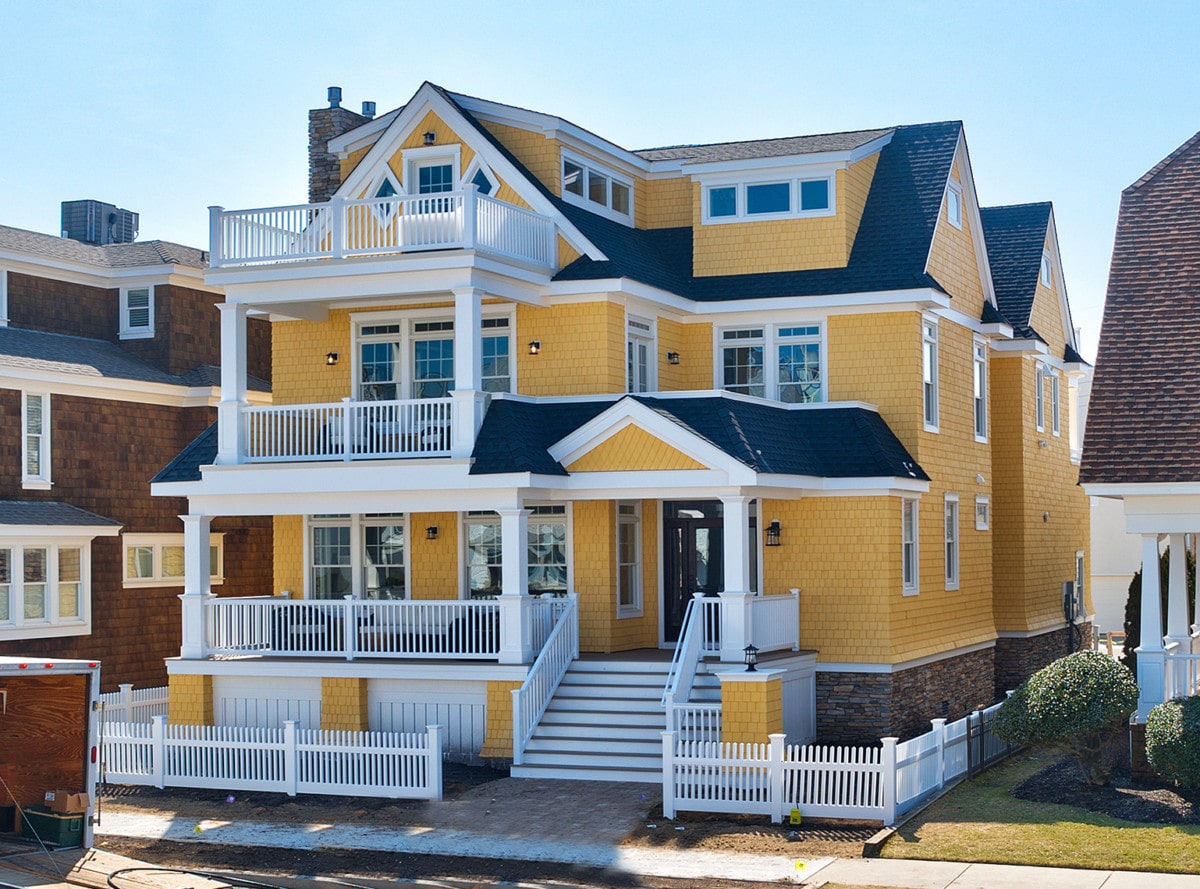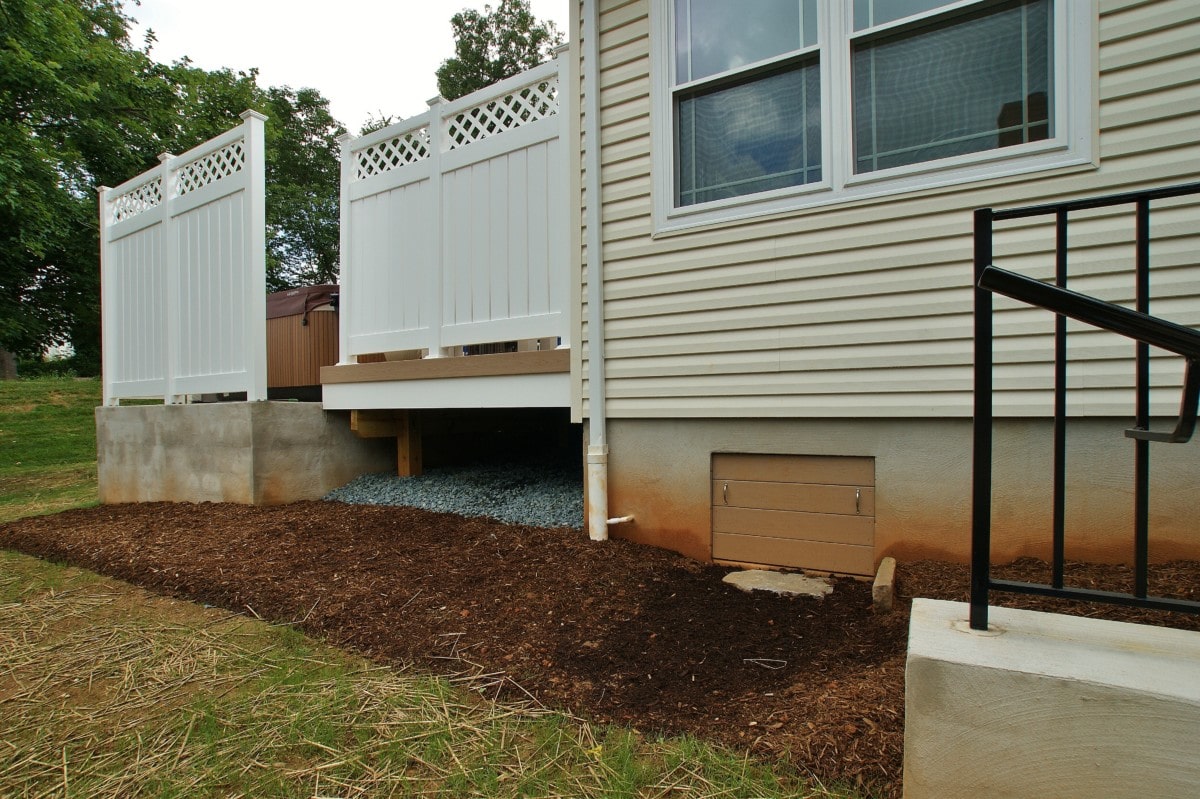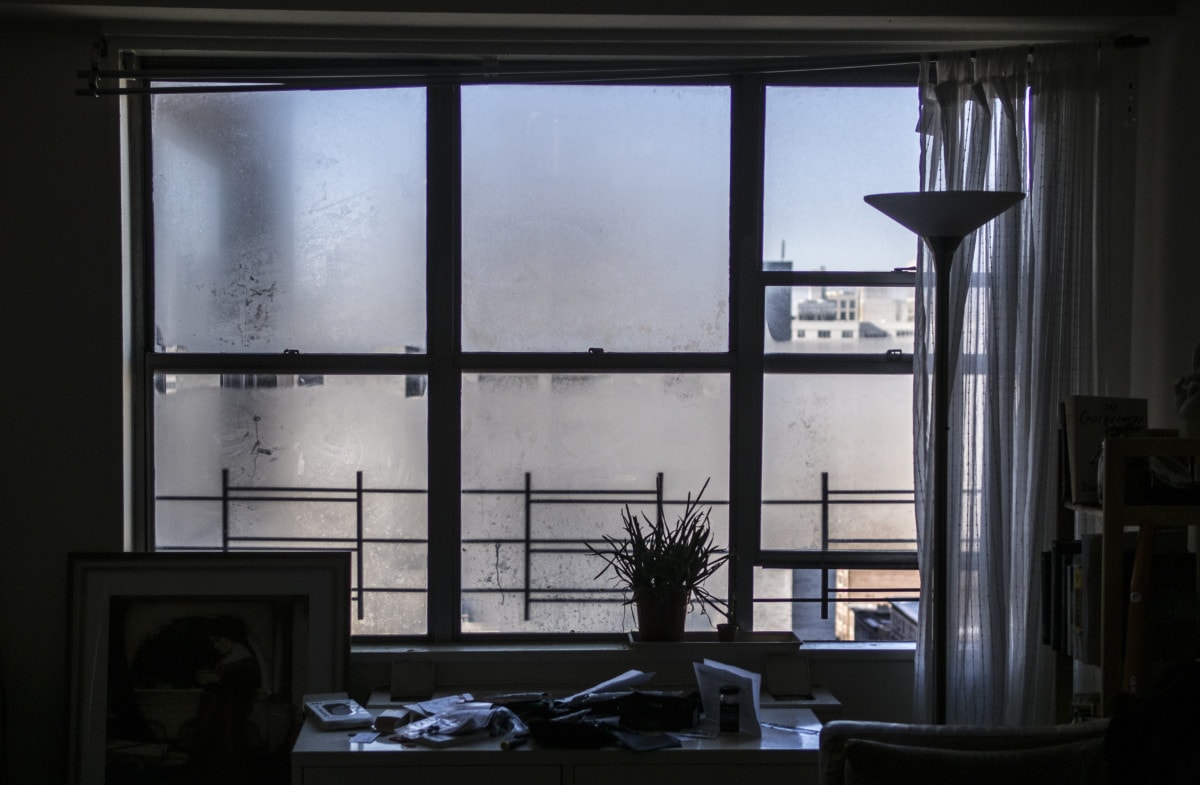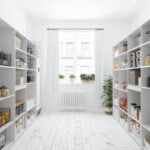Your home is your sanctuary and maintaining it is paramount, especially if you ever plan on selling your home in the future you’ll be sure to want top dollar for it. Beyond sweeping floors and mowing your yard, some home maintenance tasks require more immediate attention and if left unchecked can cause significant damage to your home. Here are 11 things you should address immediately if you happen to see any of the signs that your home may have an underlying problem.

1. Your home has a leaking pipe
Whether it’s a small drip or a larger steady leak, the continuous moisture build-up can lead to mold growth, cracks in your drywall, damage to your ceilings, and can even affect your home’s foundation. If you suspect you have some plumbing that may be leaking inside your home, call a professional plumber to come and examine the signs you’re seeing, and any other plumbing questions you may have, so you can get your home back to working order.
Signs to look out for: You receive an unusually high water bill, a room smells musty, or you recently noticed an unexplained staining, wet spots, mold or mildew, on ceilings, walls, or floors.
Renovating your home?
Find out what your home's worth, edit facts, and see the impact of home projects.
2. Your roof is leaking
Renovating your home?
Rain may be a blessing for your garden, but not if it’s entering your attic or the rest of your home. Your attic is usually warmer and more humid than the central area of the house, and even a small leak from the roof into warm attic conditions makes a hotbed for mold to grow. Not to mention, if that leak continues unchecked it will begin to wreak havoc on the rest of your home, damaging ceilings and possibly your home’s walls and floors. This is one home maintenance item you will want to address the moment you realize it’s there.
Signs to look out for: A large water stain appears on your ceiling, unexplained moisture or drips forming on your walls, or you see larger bits of roof shingles in the downspout of your gutters.
3. Leaky foundation
Your basement foundation can leak over time. As your home settles, hairline foundation cracks can form. Unfortunately, water only needs a tiny space to seep through a foundation wall. You may be able to find and seal these cracks yourself, or you might need to hire a foundation specialist to shore up the foundation and prevent further movement and possible leaks. Standing water in an already damp basement can lead to mold growth, but also significant damage to your home.
Signs to look out for: An unusually high water bill, damp carpet or floors, you can smell mold or mildew, there’s a warm spot on your floor, you spot foundation cracks, or you notice a white powdery substance (efflorescence) which is usually the result of water evaporating leaving behind minerals.
4. Damp or wet crawl space
You want to keep your home’s crawl space as dry as possible. However, if you live in an area like Portland, OR or Seattle, WA where it rains a lot, it’s possible for your crawl space to become wet. It is usually because surface water from your roof’s drainage has begun overflowing, groundwater from the earth surrounding your home was overly saturated from heavy rainfall or melting snow and has found its way in, or there’s a plumbing issue you haven’t discovered yet. Though this home maintenance task isn’t necessarily the most enjoyable, because you’ll most likely be crawling under your home, it is a very important one to check off. Luckily, there are professional crawl space inspectors that can do this for you.
Signs to look out for: Higher energy bills because it takes more energy to heat/cool damp air, you smell mold or mildew, or you’ve noticed an increase in dust mites and other pests that thrive in a damp environment.

5. Dirty and improperly sealed air ducts
Air ducts become traps for dust, pet hair, and other contaminants that get sucked into your heating and cooling system. These contaminants stick to any damp ducting where mold, bacteria, and other fungi can grow. While you can keep air moving with ceiling or portable fans and air conditioning, the result is recirculating that same air filled with dust, mold, mildew, pet dander, and other respiratory irritants back through your home. Also, air ducts that are not sealed properly lead to overall poor air quality in your home. Replace your air filters more frequently and have a professional come out once a year to thoroughly clean out your air ducts, check your ductwork to tape and repair as needed.
Signs to look out for: You begin to have high electric bills, your home is always dusty, your rooms are different temperatures, there’s debris under your vent covers, your return air register is covered in especially thick dust, and your air filter is clogged with dust.
6. Air leaks
Air leaks from outside can contribute to poor quality air indoors. Especially during the warmer months, pollen from new plants, chemicals from lawn pesticides, and other environmental pollutants can float into your home through improperly sealed windows, doors, and ducting. Air leaks also contribute to higher energy bills for cooling and warming your home. If you suspect your home has air leaks and you see some of the signs listed below, then consider hiring a professional to come out and do a home energy audit.
Signs to look out for: Gaps where two different building materials meet on your home (example: exterior brick joining to a cement foundation), you notice cracks/gaps by outlets, doors, window frames, fireplaces, light fixtures, or you may just simply notice a draft in your home. It is most likely coming from an air leak.
7. Sewage backup or odors from sewer gas
A sewage backup is a serious environmental hazard. Because modern sewer systems usually function so effectively, people often don’t worry about how a backup might affect their home or their family. If you notice any of the signs that you have a sewage backup in your home, you should probably leave this one to the professionals and get this looked at immediately. This is one home maintenance item you don’t want to put off as the toxic fumes from sewer gas can negatively impact your family’s health.
Signs to look out for: More than one of your drains are clogged, water is backing up in other drains, you see bubbles after you flush the toilet, your toilet isn’t flushing right and the plunger doesn’t seem to help, or you smell sewer gas in your home.
8. Excess moisture in the house
Environmental health experts stress how important it is to maintain indoor humidity at around 40% and keep windows, basements, and attics dry. Excess moisture in your home can create a breeding ground for all types of fungi and bacteria. Monitor the humidity levels of your home with a handy humidity meter you can get at any home improvement store. This can help you decide how to control the humidity levels in your home.
Signs to look out for: There’s condensation on windows during the colder months, you notice a mildew smell in the bathroom or mold growing in the cabinet under the sink, the paint is peeling, cracking, or blistering on interior surfaces, or you notice an increase in pests like dust mites.

9. Your stove’s exhaust fan is not venting properly
Your stove’s exhaust fan filter collects smoke, odors, and grease from your food as it cooks. If oil clogs your filter – which it inevitably does over time – cooking contaminants recirculate back into the air in the house and begin sticking to your walls. Luckily, this home maintenance item is easily remedied by simply cleaning (degreasing) your filters. If that doesn’t work, then you may have to call in a professional because the motor in your range’s vent hood may need to be replaced.
Signs to look out for: Your range hood doesn’t clear smoke easily (even on the highest setting), the exhaust fan is very loud or humming constantly, lights stop working on the hood which could indicate other electrical issues.
10. Overflowing gutters
If your gutters are overflowing, it usually means they are clogged with debris – leaves, seeds, and sticks from surrounding trees. The force of water flowing through the gutters compacts this debris which leads to clogged and overflowing gutters. If you ignore this typical fall and spring home maintenance task, then your clogged gutters can cause damage to the exterior of your home. Your gutters can place unneeded strain on your roof and shingles, spill water down the side of your home instead of through the downspout and away from your home, or they can even collapse damaging the side of your house. Luckily, this is an affordable home maintenance task you can simply have a professional do for you.
Signs to look out for: You see plants growing from your gutters, there’s debris on the side of your gutter, you notice dirty streaks (tiger stripping), watermarks, or mold on the side of your house, or possibly your gutter is pulling away from your home.
Looking to save money on your mortgage?
11. Chimney and flue build-up (creosote)
Creosote is an oily substance that builds up inside your chimney and flue if you have a wood-burning fireplace or stove. Have your chimney and flue cleaned of creosote annually, especially if you regularly use your fireplace. It’s also a good idea to have it cleaned before the colder months of miscellaneous debris or even bird nests before you begin using it. If you don’t, you could put your home in danger of a chimney fire, causing significant damage to your home and possibly putting your family at risk. Hiring a professional to clean your chimney and flue once a year will help maintain your home and make sure you’re able to enjoy those warm fires for years to come.
Signs to look out for: You see more wood than ash after a fire, there’s reduced drafting in the fireplace, you notice black soot around the fireplace, very dark, dense smoke comes out of your chimney, and you can see a build-up of soot, you hear a loud crackling or popping sound, or you notice an intense hot smell.


























 United States
United States Canada
Canada